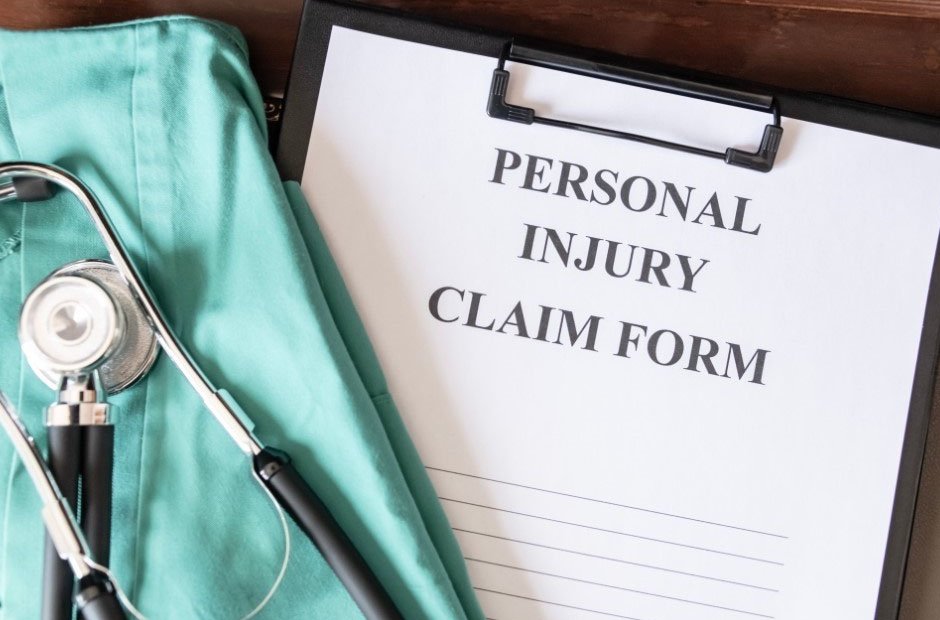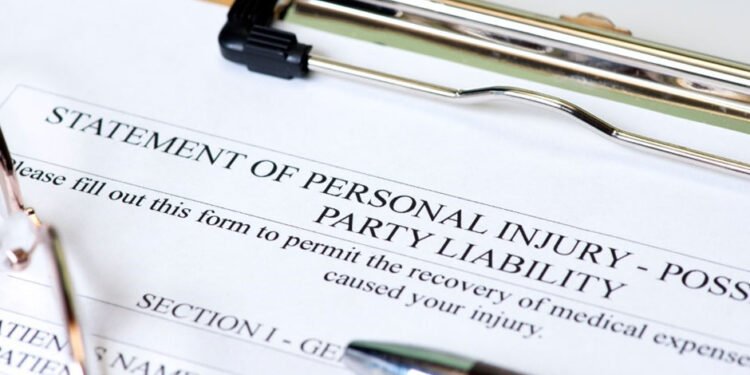Getting injured by a simple accident and someone’s negligence is often troublesome. Dealing with the pain, stress, and mounting medical bills turns your world upside down. But here’s the good news: filing a personal injury claim can help you get back on track.
Personal injury claims help you seek compensation for your injuries, medical expenses, lost wages, and other losses. Want to stake your claim? Start gathering those documents. Each piece of evidence builds a stronger case for you.
So, what are these essential documents? Read on to learn what they are and how to file a personal injury claim.
1. Accident or Incident Report
Police reports and workplace incident forms are official accident reports that tell your story. What happened? When did it happen? Where? An accident report captures it all.
The report paints the complete picture of the accident: the weather at the time, what witnesses saw, and everyone’s side of the story. Since it comes from an official source, it adds weight to your claim.
A local attorney with a stellar track record knows exactly how to get these documents. For instance, lawyers handling your personal injury case in Queens can help you retrieve incident reports and provide personalized service unique to your case. An experienced attorney can also boost your chances of getting fair compensation with their strategic negotiation skills.
2. Medical Records
Understanding how to file a personal injury claim involves getting the medical records containing the complete documentation of your injury and the treatments you’ve received. Records may include doctor’s notes, test results, X-rays, and prescriptions.
Medical records also prove your injuries’ severity and how they have impacted your ability to function in daily life. Show how your injury affects your life. Do you have work challenges, daily struggles, or future health concerns? These details strengthen your case.
Contact your healthcare providers to request copies of your medical records. Any facility involved in your medical treatment should be able to provide them. Ask for all records of the injury, including any follow-up treatments.
3. Financial Records
The personal injury claim process also needs your financial records to show the monetary impact of your injury. Keep all bills, pay stubs, and receipts. More financial proof means a stronger case. They also help determine your compensation.
4. Insurance Information
Insurance information includes details about your coverage, policy numbers, and any communication related to your insurance claim. This helps identify what portion of your medical costs the insurance company will cover.
Make sure you have complete and up-to-date insurance. Around 6% of drivers are uninsured, and filing a car accident claim, for example, might be harder if you’re one of them. Pay attention to any exclusions or limitations in your policy. If you experience delays or denials, keep all correspondence for future reference. (1)
5. Photographic Evidence
You know how to file a personal injury claim when you understand the importance of photographic evidence. Photos taken after the accident are powerful tools. They clarify the reality of your injuries during negotiations or in court.
Take clear, detailed photos of your injuries from different angles immediately after the accident. Keep documenting the healing process, showing how the injuries have evolved over time. You might also capture property damage or any unsafe conditions contributing to your injury.
6. Witness Statements
A witness statement is someone’s written or recorded account of what happened in the accident. Experts say that the initial confidence—when collected correctly—can help determine the accuracy of what occurred. (2)
Witnesses offer an unbiased, third-party view of the accident that can corroborate your version of events and strengthen your claim. Ask witnesses to provide written statements, and if possible, have them signed or notarized for extra credibility.
7. Correspondence
Communication between you and your insurance company, the other party’s insurance company, and your lawyer is vital. Keep organized letters, emails, and documents relating to negotiations and personal injury settlements.
Track every conversation about your case. This will prevent misunderstandings and be useful if disputes arise later. Create a file for all communication and note important deadlines and requests for additional information.

How to File a Personal Injury Claim
With your complete documents, you can begin the personal injury claims process. Here’s what you need to do:
Consult with a Personal Injury Attorney
Once you have all the necessary documents, consult an experienced personal injury attorney. They’re best at making sure you understand the legal process and help you get the ideal financial compensation.
Why Choose a Local Attorney
Selecting a local personal injury attorney can significantly impact the success of your claim. Local attorneys are well-versed in the specific laws, regulations, and court procedures of your area. They understand the nuances of local legal systems and often have established relationships with local judges and insurance adjusters, which can be advantageous for your case.
For instance, if you reside in Gainesville, partnering with experienced Gainesville personal injury attorneys can provide you with personalized legal assistance tailored to Florida’s specific statutes and legal requirements. They can navigate the complexities of state laws more effectively on your behalf, increasing your chances of a favorable outcome.
Gathering Evidence
Once you’ve hired an attorney, they’ll help you gather and organize your collected evidence. This may involve obtaining and preserving additional documents or taking depositions of witnesses.
Filing the Lawsuit
Your lawyer will guide you through filing a personal injury lawsuit with the appropriate court. This involves preparing the complaint and serving it on the defendant. The discovery process will follow, where both sides exchange information and evidence.
Negotiations and Settlement
Most injury claims get settled out of court with your attorney lobbying the insurance company to make an amicable personal injury settlement. To give you an idea of what you could receive, average car accident settlements in 2020 were between USD $20,000 and USD $25,000. (3)
Trial
Your case may go to trial if you can’t reach a personal injury settlement. Both parties present their evidence before a judge or jury. The liability of the defendant and the amount you are entitled to will then be decided by the jury.
Filing a personal injury claim is often complicated, but with the help of a qualified attorney and the proper documentation, you can increase your chances of a successful outcome.
Wrapping Up
Now, you should know how to file a personal injury claim successfully. You need to gather these seven documents to receive the fair compensation you deserve.
An experienced personal injury lawyer is a helpful partner in obtaining the documents often necessary for your case. Get legal assistance immediately after your accident, too. Doing so protects your rights and others from potential accidents.
References
- “Auto insurance statistics and facts,” Source: https://www.bankrate.com/insurance/car/auto-insurance-statistics/
- “New Insights on Expert Opinion About Eyewitness Memory Research,” Source: https://journals.sagepub.com/doi/full/10.1177/17456916241234837
- “Typical Car Accident Settlement Amounts (2024),” Source: https://www.forbes.com/advisor/legal/auto-accident/typical-car-settlement-amounts/












